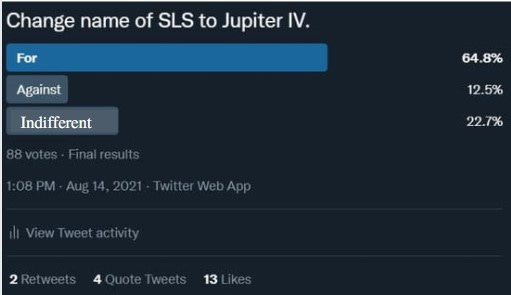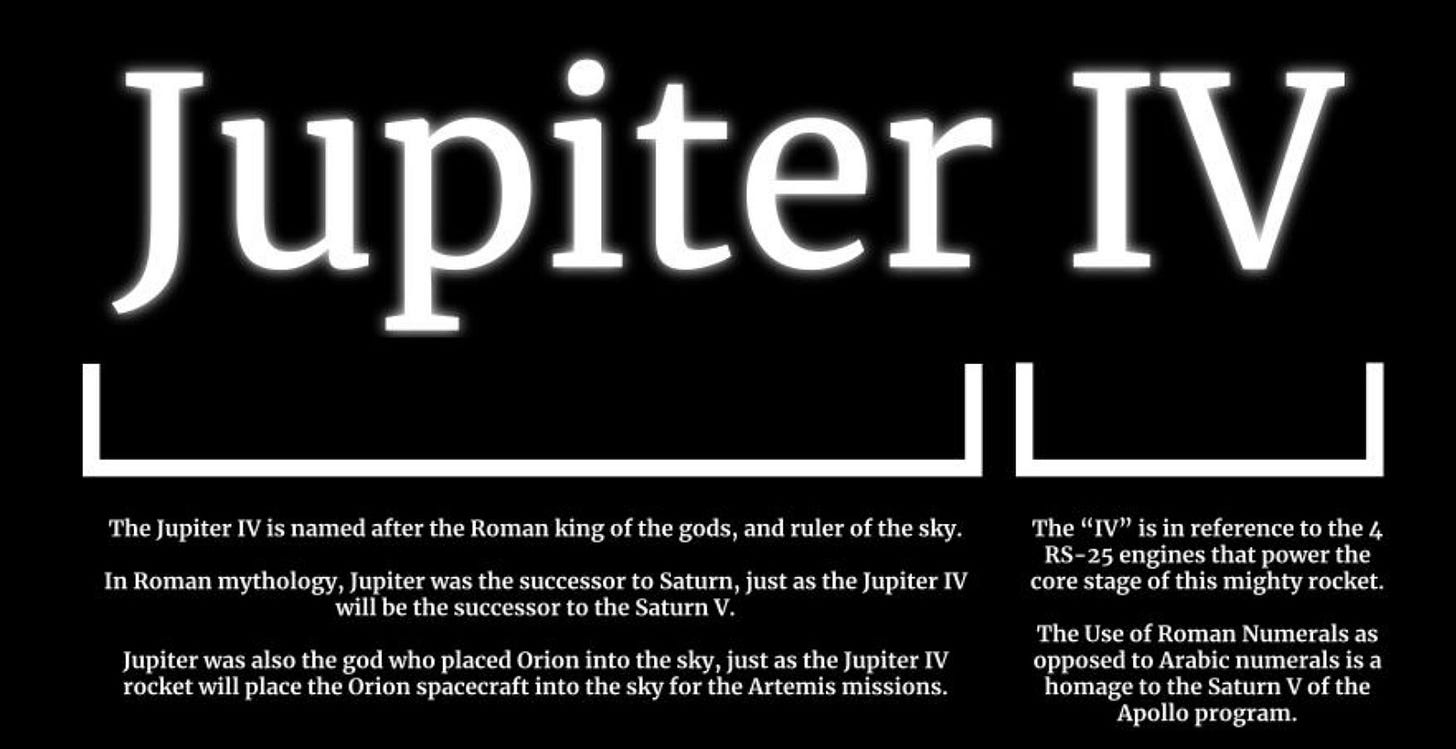You may or may not be familiar with NASA’s Artemis program. If you are familiar then you can skip this paragraph, however, if you are not then I will explain to you what it entails. Simply put, WE ARE GOING!… back to the moon, this time to stay. In 2017, NASA announced the Artemis program with the goal of returning humans to the moon, more specifically the lunar south pole. The program also has goals to land the first woman on the moon, if that detail matters to you. The United States’ efforts to revitalize the space program are quite ambitious, these include; a human-capable spacecraft, a lunar space station, and a commercially-contracted lunar lander. It can be quite easy to dismiss this program as nothing more than uninspiring seeing as we’ve already landed humans on the moon in the late 1960’s and early-1970’s, but don’t be fooled, exciting times are upon us. We are going back to the moon, to not only continue the pursuit of knowledge of our only natural satellite, but to utilize it’s plentiful resources. This is why we are going to stay, to establish a human presence that will eventually enable us to venture further than the moon. Take a look at NASA’s Artemis program below.
NASA’s planned workhorse rocket, Space Launch System (SLS) is nearing completion and is quickly approaching it’s debut flight of Artemis I in 2022. This mission will transport the Orion spacecraft on a trip to the moon and back. Essentially a test flight with no crew aboard, Artemis I will certify SLS’s launch and mission capability of transporting NASA and ESA astronauts to the moon. This all sounds like great news, and it is, but it definitely leaves something to be desired. Something that would make humanity’s return to the moon, just a little more glorious.
The Case for Jupiter IV
Now, to the bread and butter of this piece, the proposed renaming of NASA’s next-generation moon rocket. The conception of SLS began in 2011, when Congress first sought out NASA to create a system for launching payloads and crew into space for the eventual replacement of the space shuttle. The term Congress used for this launch vehicle was “space launch system”, or “SLS” for short, essentially a placeholder name for the future moon rocket. I, along with numerous people believe that “SLS” is substantially underwhelming, especially when taking into account the significance of this rocket and what it means for the future generation.
Past:
When looking at NASA’s history with the naming of rockets, it becomes more apparent that some of their charm has indeed been diminished. In 1969, we launched astronauts to the moon, on a super-heavy lift rocket aptly named ‘Saturn V’. Before that, NASA utilized the Saturn V’s younger brothers’ ‘Saturn I’ & ‘IB’. To this day, the Saturn V remains the most powerful rocket ever successfully launched, and it’s name only amplifies its significance. You see, in Ancient Roman mythology, ‘Saturn’ was described as the God of generation, dissolution, plenty, wealth, and agriculture. His mythological reign was depicted as a “Golden Age” of plenty and peace. Kind of symbolic to where the United States was in that period versus where it currently is now.
Succeeding the family of Saturn rockets was the space shuttle, with development starting in the early 1970’s and continuing until its first flight in 1981. The space shuttle was officially named by Congress and NASA as the “Space Transport System”, or “STS”. Very bland in my opinion. NASA’s most iconic rocket does not deserve the title it was given, but I’m not going to sit here and criticize the naming of the shuttle too much, as sometimes simple can be better, and I doubt there were too many alternatives at the time.
During the tenure of the space shuttle, NASA realized that the cost to launch and refurbish the shuttle was not as cheap as they planned it to be. The average cost to launch a space shuttle during its 30+ year career surged to just over $800 million. A disgustingly high price for a “reusable” launch vehicle. This is where the development of the Constellation program began. From 2005 to 2009, NASA created the Constellation program with the goals of replacing the shuttle, returning humans to the surface of the moon by 2020, and ultimately sending a crewed flight to Mars.
Along with the Constellation program came the development of NASA’s next-generation lunar rocket, the Ares V. The Ares V was a shuttle derived launch vehicle that utilized five of the Delta IV’s RS-68 engines and a variation of the shuttle’s solid rocket boosters. It was slated to have more thrust than the Saturn V, and it’s name pays great homage to that. Ares is the Greek God of courage and war. A son of Zeus, Ares is the embodiment of the physical valor that is necessary for success but also the personification of sheer brutality and bloodlust.
Present:
A close relative to Ares V, SLS is now set to fly in early 2022, preparations are being made for the first flight and thousands are gearing up to see this beast fly. The humans that will set foot for the first time in 53 years will ride aboard this rocket. There is little doubt that SLS will be this generations’ Saturn V, and for many, this will be the first time that they watch a rocket launch. The implications are huge, this is a big deal for NASA and for the public (although many don’t realize this is happening). In my opinion, people need to remember this rocket by more than just “SLS”, and the fact remains that it is a terrible name for a rocket of this significance. No apologies there, what began as a placeholder cannot remain as the permanent name. The more you think about it, the more you realize that “Jupiter IV” is really not a bad name. In fact, it is perfect and now I am going to explain why.
The idea of the Jupiter IV name came from prominent SLS fan, David Willis. He created this graphic that simply explains the significance of Jupiter IV…
In Roman mythology, ‘Jupiter’ is the God of the Sky and King of the Gods, considered by many experts as being the Roman equivalent of ‘Zeus’. Jupiter was also the direct child of the Roman God ‘Saturn’. How fitting that Jupiter IV will essentially be the direct successor of the Saturn V in returning humanity to the moon. How fitting is it also that Jupiter was the one who placed Orion into the sky as a constellation? As Jupiter IV’s main task will be to transport the Orion spacecraft and 3 astronauts to the moon. The “IV” part of the name is referencing the four RS-25 engines that the first stage will have, similarly, the Saturn V had five F-1 engines.
When faced with these facts, it becomes apparent that not only is ‘Jupiter IV’ a more suitable name than ‘SLS’, it pays homage to the predecessors that paved the way for humanity’s presence on the moon.
While some may disagree with the name (probably due to a fear of change), a vast majority of the people I have come across agree with our sentiments. Take a quick glance at a Twitter poll I did a couple of months back.

Out of 88 votes, 64% were in favor of the change, while 12 % were not. Meanwhile 22% remained indifferent. Clearly, Jupiter IV has the support it needs. It is not just space enthusiasts who are all for the change either, Texas Representative Randy Weber expressed some interest in getting the name changed.
The odds of SLS being renamed at this point are slim, but never zero. Being a few months away from launch can give us in the #JupiterIVGang some hope, as hype for the launch will grow gradually. Hopefully, upon reading this piece, others will see why we are so high on Jupiter IV, it just makes sense.
What you can do:
If you are in agreement with the name change, there are ways you can help. Number one would be to sign an online petition here: www.JupiterIV.com. The second option is to share this post & get more people on board. The more informed people are, the more likely they are to make the right decision.
No matter the outcome come March 2022, whether Jupiter IV has its name changed or not, it will remain near and dear to our hearts as Jupiter IV forever.



